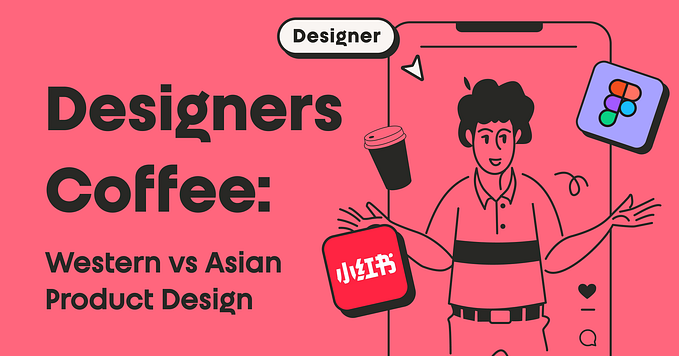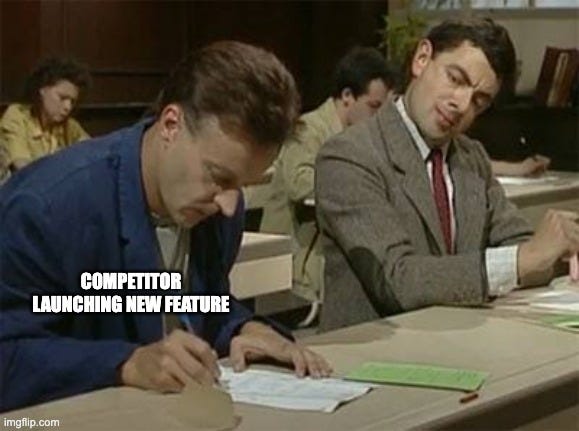Member-only story
The most critical lesson about Data: think indirectly
Data can be your competitive edge as a Designer, if you understand how to think about it.

Most designers I've met have a single common stumbling block around Data, which prevents them from learning several valuable skills.
From creating Data Visualizations, which use our Design skills and processes, to Data Storytelling, which persuades audiences to empathize with our users, Data can be a competitive edge in this weird job market.
However, whether I was helping Designlab create its Data-Driven Design course, writing a book on the subject, or creating my course on Maven, I've seen Designers stumble on the first and most important lesson: how to get started.
If you're working with Data, the first and most important lesson isn't to learn Python, Excel, or Analytics. Instead, the first step is learning to think indirectly about data.
Designers often have no experience thinking indirectly about data
What do I mean when I say "thinking indirectly about data?"
Consider how you gather feedback from the user testing process. Perhaps you've talked to 5–7 users and created a spreadsheet to store all the users' responses.
At this point, you're thinking directly about data. You're going row by row, column by column, to figure out what some shared insights might be. You might even know the answer to a question like "What did Participant 3 say for Question #7?"
This deep dive into how particular users responded is the basis for qualitative research, and it's how we obtain valuable insights to present to the rest of the team. But this approach doesn't work for 5,000 users.
If you tried to do such a thing with such a large spreadsheet, you'd get lost or waste a lot of time. On some level, we know what we need to do: summarize the spreadsheet somehow to figure things out.
But I can't tell you the number of times I've seen designers become deer in headlights when they see such a large spreadsheet, unable to process what to do next.









